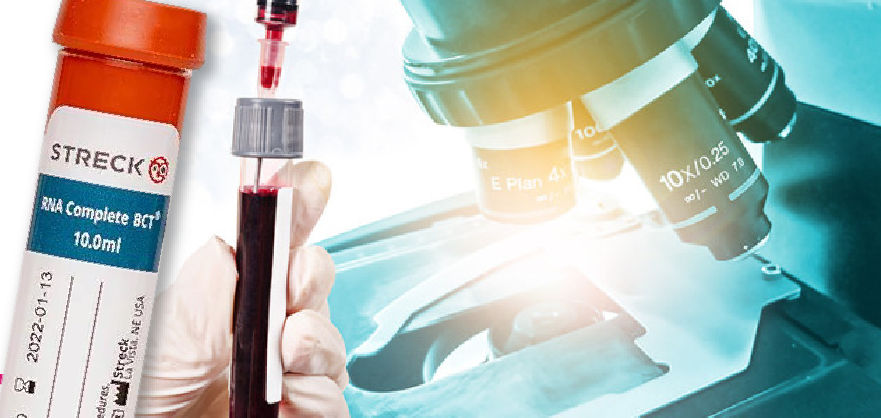RARa (17q21) gene atypical rearrangements
In 10% of AML (M3) cases the translocation t(15;17)(q22;q12) is not found and RARa gene fuses with other genes, such as PLZF in the t(11;17)(q23q21), NPM1 in the t(5;17), NuMA in the t(11;17)(q13q21), FIPIL1 in t(4;17), BCOR in the t(X;17), and PRKAR1A or STAT5b in 17q rearrangements. The most common of these alterations is the PLZF, located on chromosome 11q23, with high repression capacity of transcription, and high expression levels in the stem and progenitor cells, but decreases as the cell matures.
The clinical significance of these variants of AML (M3) lies undoubtedly in the different response to treatment with ATRA and arsenic trioxide, as they are all sensitive except for the carriers of genes STAB5b and PLZF. The PLZF/RARa fusion, t(11;17)(q23q21), is distinguished by its poor prognosis and poor response to treatment with ATRA, particularly in those patients with the inverse rearrangement RARα/PLZF, whose product play an important role in mediating resistance to retinoic acid.
References
- Scaglioni PP, Pandolfi PP. (2007) Curr Top Microbiol Immunol. 313:85-100.
- Zelent A, Guidez F, Melnick A, et al. (2001) Oncogene 20 (49): 7186-203.
- Podhorecka M, Macheta A. (2013) Postepy Hig Med Dosw (Online). 67(0):1083-9.
- Yang WC, Shih HM. (2013) Oncogene. 32(43):5167-75.


